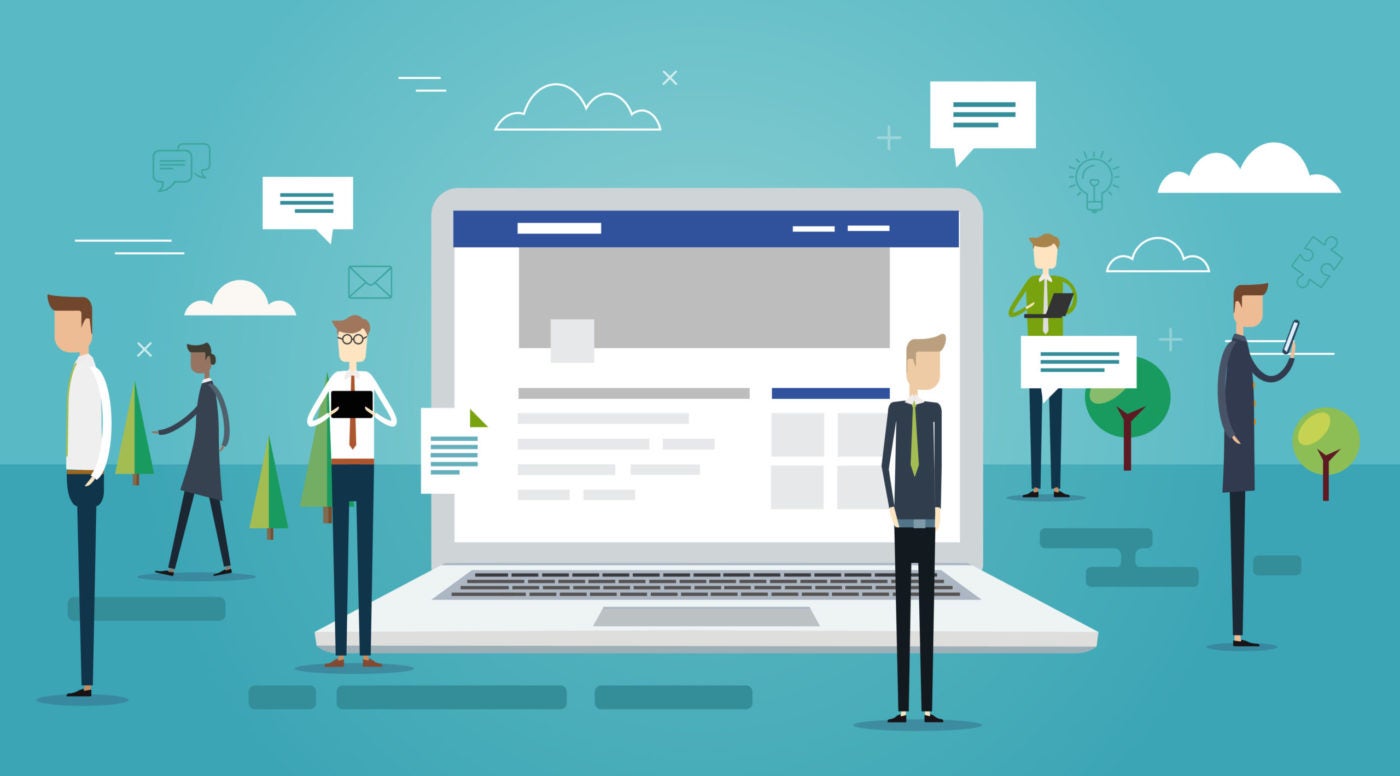
Enterprise content management (ECM) systems are comprehensive platforms that help enterprises employees at various levels curate, organize, store, share, and manage various types of content:
- Web properties (XML, HTML)
- Product information
- Records
- Documents (DOC, OCF, XLS, PDF)
- Images (JPEG, TIFF, PNG)
In an enterprise, configuring access according to different roles, levels, and groups is key. A system administrator sets user or role-based privileges and makes sure that information and data contained within the ECM is up-to-date, secure, and automatically embedded in users’ workflows. An ECM should integrate with an enterprise’s other systems, such as ERP and CRM.
Functions of enterprise content management
Several types of content management fall under the larger umbrella of enterprise content management and pertain to a variety of functions and roles within an organization. Several platform options are available that group together these various functions in one solution.
Case management
Also known as claims management, case management is a branch of enterprise content management that handles various documents and workflows related to internal incidents. This could include a legal conflict, a new hire’s onboarding process, an insurance claim, or a safety incident at a manufacturing site. Case management helps HR professionals, managers, and corporate lawyers keep track of a case and its relevant documents.
Records management
Records management is a database feature of ECM that keeps digital information, such as W-2s and accounting books, secure and makes it easy to find in the event of an audit. ECMs keep information secure with file encryption, zero trust security controls in their cloud architecture, and access control in bulk or at granular levels.
In some industries, enterprises are mandated to keep information confidential according to regulatory standards. Enterprise content management systems help businesses maintain compliance with standards such as SOC 2 Type II or or ISO 27001. It’s useful for those in legal, accounting, and HR roles.